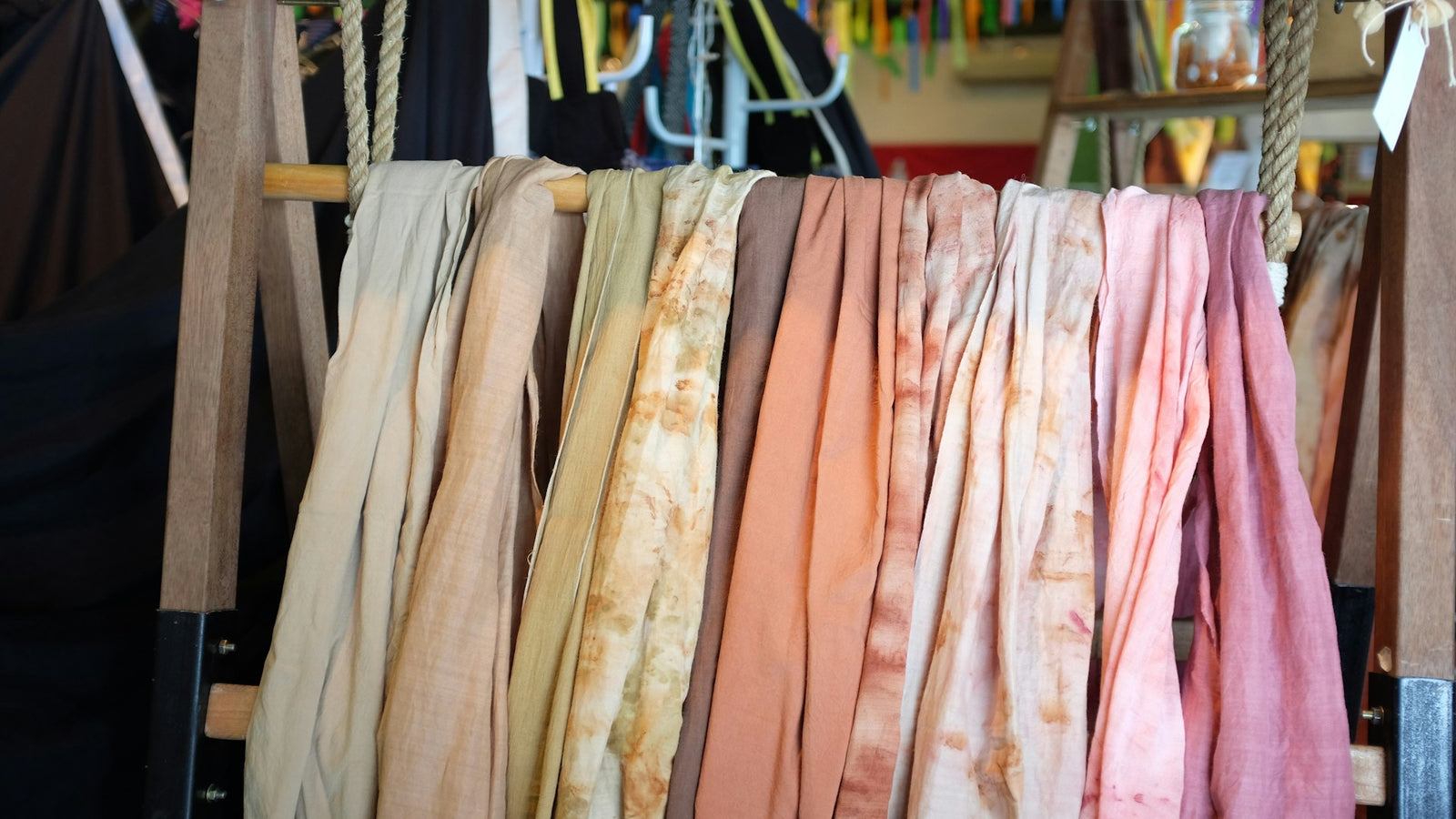What Is Fabric Weight?
Fabric weight is a crucial factor in determining the quality, durability, and suitability of a fabric for various applications. It refers to the mass of the fabric per unit area and is typically measured in grams per square meter (GSM) or ounces per square yard (oz/yd²). Understanding fabric weight helps in selecting the right material for specific uses, such as making tote bags, clothing, upholstery, and more.What Is Fabric GSM?
GSM stands for grams per square meter and is the metric measurement of fabric weight. It indicates how much a square meter of fabric weighs in grams. This measurement is essential because it provides a standardized way to compare the thickness and density of different fabrics. For example, a fabric with a GSM of 200 is heavier and denser than a fabric with a GSM of 100.Is a Higher GSM Always Better?
A higher GSM does not necessarily mean better quality; it depends on the intended use of the fabric. Heavier fabrics (higher GSM) are typically more durable and suitable for items that require strength and longevity, such as tote bags and upholstery. However, lighter fabrics (lower GSM) are often preferred for clothing and other applications where breathability and comfort are more important. Therefore, the "better" GSM is context-dependent and should align with the specific requirements of the project.
Cotton-Canvas Fabrics Weight Chart for Tote Bags
|
How To Choose The Right Fabric Weight For A Tote Bag?
Choosing the right fabric weight for a tote bag involves considering several factors, including the bag's intended use, durability requirements, and aesthetic preferences. Here are some guidelines to help you make an informed decision:- Intended Use: Determine what the tote bag will be used for. If it's for carrying heavy items like books or groceries, a heavier fabric (300-400 GSM) is advisable. For lighter, everyday use, a medium-weight fabric (200-300 GSM) may suffice.
- Durability: Heavier fabrics are generally more durable and can withstand more wear and tear. Consider using canvas, denim, or heavy cotton for a sturdy tote bag.
- Aesthetic Preferences: The look and feel of the fabric also play a role. Heavier fabrics tend to have a more structured appearance, while lighter fabrics offer a softer, more flexible look.
- Ease of Sewing: Heavier fabrics can be more challenging to sew, especially for beginners. Ensure that your sewing machine can handle the fabric weight you choose.
- Cost: Heavier fabrics are usually more expensive due to the higher material cost. Balance your budget with your quality requirements.
Tips And Recommendations
- Sample Testing: Before committing to a large purchase, obtain samples of different fabric weights and test them. This will give you a better idea of how the fabric feels and behaves.
- Consider Blends: Sometimes, fabric blends (e.g., cotton-polyester) offer the best of both worlds by combining the durability of one fiber with the softness or flexibility of another.
- Check for Shrinkage: Pre-wash your fabric to account for any shrinkage. This is especially important for natural fibers like cotton.
- Reinforcement: For added durability, consider reinforcing stress points on the tote bag, such as the handles and bottom, with additional layers of fabric or interfacing.
- Environmental Impact: Consider the environmental impact of your fabric choice. Organic and sustainably sourced fabrics are better for the environment and often come with certifications to verify their eco-friendliness.
